38 labelling of chromosome
Chromosome positioning during sperm differentiation described The chromosome labeling were carried out using the fluorescence in situ hybridisation (FISH) technique, applied in the methodology proposed by the UAB researchers. Credit: Autonomous University of... Validation of chromosome painting as a biodosimeter in human peripheral ... The first approach utilizes ultraviolet excitation in which painted chromosomes appear yellow and the remaining chromosomes appear red. The ChromoBlue labelling approach requires ordinary light microscopy in which painted chromosomes appear dark blue and the remaining chromosomes appear light blue.
Chromosome identification in oil palm (Elaeis guineensis ... - SpringerLink Start and end position in the respective chromosome assembly length of the region, GC content and number of oligos included in the libraries are given. Some chromosomes have two selected regions (i and ii), strategically selected to give unique colour and position after FISH (see Suppl Fig. S1). No regions were selected for chromosomes 1 and 16 as these can be identified by size and 5S or 45S rDNA signal; no marker is then needed to identify the final chromosome (number 14)

Labelling of chromosome
Genome, Genes, DNA, and Chromosomes: Basics of Genetics In the simplest terms, a genome is the complete set of genetic instructions that determine the traits (characteristics and conditions) of an organism. It is made up of DNA, genes, and chromosomes. 1. DNA is a molecule in cells that carries the genetic information. It is made up of building blocks. The genetic coding of our traits is based on ... A Study to Investigate Tolerability and Efficacy of Asciminib (Oral ... This study is a phase IIIb, multi-center, open-label, randomized study of oral asciminib 80 mg once daily (QD) versus nilotinib 300 mg twice daily (BID) in adult patients with newly diagnosed Ph+ CML-CP. ... Diagnosis of CML-CP (ELN 2020 criteria) with cytogenetic confirmation of the Philadelphia chromosome. Documented chronic phase CML will ... Chromosomes vs Chromatids: Definition and Examples Chromosomes can be single as well as double stranded, whereas chromatids are double stranded. Chromatids are less condensed and Chromosomes are quite condensed. Chromatids are homozygous whereas, chromosomes are non-identical. In structure chromatids possess a long structure made up of fiber. Chromatids have ribbon like structure.
Labelling of chromosome. Strategies for meiotic sex chromosome dynamics and telomeric elongation ... During mid pachytene the sex chromosomes approach each other to form the DP, adopting four possible configurations that were classified as the following: (i) separated-sex chromosomes not in contact, (ii) associated-sex chromosomes in contact but DP not formed, (iii) 'X ring'-the X chromosome forms a ring while approaching the Y, along with thickening of their axes without forming the DP, and (iv) DP-sex chromosomes come together and the DP forms (Fig 2B). Replication Labeling Methods for Super-Resolution Imaging of Chromosome ... (1) Cells selected for the labeling must be capable of at least 8 divisions in cell culture and contain no fluorescent tags that absorb at the wavelengths of the dyes that will be used. (2) A minimum of 6 divisions in 100 μM F-ara EdU is required, splitting into fresh media containing 100 μM F-ara EdU when confluence reaches ~80%. Chromatid - Genome.gov A chromatid is one of the two identical halves of a chromosome that has been replicated in preparation for cell division. The two "sister" chromatids are joined at a constricted region of the chromosome called the centromere. During cell division, spindle fibers attach to the centromere and pull each of the sister chromatids to opposite sides of ... Metaphase in Mitosis and Meiosis (Metaphase 1 and 2) Metaphase Definition. Metaphase is a stage of the cell cycle occurring in both mitosis and meiosis cell division processes. During metaphase in mitosis and meiosis, the chromosomes condense and they become visible and distinguishable during alignment at the center of the dividing cell, to form a metaphase plate at the center of the cell.
DNA sequencing - Wikipedia DNA sequencing is the process of determining the nucleic acid sequence - the order of nucleotides in DNA.It includes any method or technology that is used to determine the order of the four bases: adenine, guanine, cytosine, and thymine.The advent of rapid DNA sequencing methods has greatly accelerated biological and medical research and discovery. Chromosomes: Facts about our genetic storerooms | Live Science Chromosome 1 for example is the biggest and contains eight percent of your total DNA according to Medline Plus (opens in new tab). An individual's collection of chromosomes is called a karyotype ... Chromosome dna labeled stock photos and images (187) Chromosome and DNA -- labeled Stock Photos by Blambs 6 / 639 Human chromosomes -- labeled Stock Photos by Blambs 6 / 367 Telomere vector illustration. Educational and medical scheme with cell, chromosome and DNA. Labeled anatomical diagram with cytosine, thymine, adenine and guanine. Types & Examples | Pros & Cons of Mutations - Bio Explorer The naming of aneuploid conditions is generally based on the number of chromosomes added or deleted. For instance, a monosomic (2n -1) individual bears only one copy of a chromosome, instead of having two. Other variations of aneuploidy are trisomic (2n+1), nullisomic (2n-2), and disomic (n+1). 2. Polyploidy
Table of Pharmacogenomic Biomarkers in Drug Labeling | FDA Drug labeling may contain information on genomic biomarkers. ... (Philadelphia chromosome) Indications and Usage, Dosage and Administration, Adverse Reactions, Use in Specific Populations ... Distinct classes of lagging chromosome underpin age-related oocyte ... Lagging chromosomes comprise two distinct movement types with differential outcomes • Class-I lagging chromosomes contribute to aneuploidy, class-II do not • M-phase prolongation limits class-I lagging and age-related aneuploidy in oocytes • MCAK overexpression limits class-II lagging but has no impact on aneuploidy Summary Bacterial Chromosome: Definition & Structure - Study.com Chromosomes, as mentioned earlier, are made from DNA. They have all of the genetic information a cell needs to make all its proteins and do all of its cell activities. Each piece of information is... Revealing chromosome contours, one dot at a time - Nature Chromosome models in papers look like highly articulated puzzles, with coloured balls and rods approximating the shape of a chromosome in the cell. But DNA by itself provides an incomplete picture...
Non-invasive DNA-labeling tool opens doors for new research Dutch researchers have developed a new tool to label DNA for studying chromosomes in live cells. The tool is non-invasive and can be applied in culture but also in living organisms, such as...
How can I fluorescent label a chromosome in a living cell? Read 3 answers by scientists to the question asked by Bianca Galateanu on Mar 9, 2017
Homologous Chromosome: Definition, Karyotype, Characteristic A pair of chromosome having same gene sequence, loci, chromosomal length, and centromere location is called homologous chromosome. The pair consists of one paternal and one maternal chromosome. The human genome has total of 46 chromosomes. The offspring inherit half of the chromosome by its father and other half from the mother.
ChromoMap: an R package for interactive visualization of multi-omics ... Each track contains information for chromosome 1 (For a complete interactive plot containing all 23 chromosomes see Additional file 1). Each track from top to bottom describes: (1) number of differentially expressed genes (DEGs) (FDR < 0.05) (bars over the chromosome depictions) per genomic window (green boxes within the chromosome). Windows containing ≥ 5 DEGs are shown in yellow.
Plasmid vs. Chromosome - What's the difference? | Ask Difference Plasmid noun. (cytology) A loop of double-stranded DNA that is separate from and replicates independently of the chromosomes, most commonly found in bacteria, but also in archaeans and eukaryotic cells, and used in genetic engineering as a vector for gene transfer. Chromosome noun. A linear arrangement of condensed DNA and associated proteins ...
Breakage of cytoplasmic chromosomes by pathological DNA base ... - Nature Chromothripsis involves extensive, localized chromosome rearrangement with a characteristic DNA copy number pattern 3.It is common in cancer, where it accounts for a substantial fraction of genome ...
New York City Police Begin Labelling Catalytic Converters Following a ... A stolen converter typically costs victims $5,000 to $10,000 worth of damages, according to the DMV, and vehicles parked for long periods of time—such as those in car dealership lots—are often ...
Centromere - Genome.gov It's called the centromere. That's the part where the cell's chromosomes are constricted, and they're a little bit tighter, and it almost looks like a little ball in the middle of two sticks. The centromere is what separates the chromosome into what we call, for human chromosomes, the P and Q arm.
Encoding Methods in Genetic Algorithm - GeeksforGeeks Encoding Methods : Binary Encoding : Most common methods of encoding. Chromosomes are string of 1s and 0s and each position in the chromosome represents a particular characteristics of the problem. Permutation Encoding : Useful in ordering such as the Travelling Salesman Problem (TSP). In TSP, every chromosome is a string of numbers, each of ...
Using your genotypes from task 1, draw your chromosome ... - Brainly.com The chromosome is composed of Arms ⇒ long arms and short arms Centromere ⇒ primary constriction Kinetochore ⇒ area of the centromere where spindle fibers join Sister chromatids ⇒ identical chains carrying information of one parent Genes ⇒ in each chromosome in their different alternative forms ⇒ Alleles
Parts of a Chromosome Roles & Diagram - Study.com Chromosomes are where the genes are located. Inside the nucleus are long, coiled, thread-like structures that are sometimes invisible under an electron microscope. These structures are called...
Chromosomes vs Chromatids: Definition and Examples Chromosomes can be single as well as double stranded, whereas chromatids are double stranded. Chromatids are less condensed and Chromosomes are quite condensed. Chromatids are homozygous whereas, chromosomes are non-identical. In structure chromatids possess a long structure made up of fiber. Chromatids have ribbon like structure.
A Study to Investigate Tolerability and Efficacy of Asciminib (Oral ... This study is a phase IIIb, multi-center, open-label, randomized study of oral asciminib 80 mg once daily (QD) versus nilotinib 300 mg twice daily (BID) in adult patients with newly diagnosed Ph+ CML-CP. ... Diagnosis of CML-CP (ELN 2020 criteria) with cytogenetic confirmation of the Philadelphia chromosome. Documented chronic phase CML will ...
Genome, Genes, DNA, and Chromosomes: Basics of Genetics In the simplest terms, a genome is the complete set of genetic instructions that determine the traits (characteristics and conditions) of an organism. It is made up of DNA, genes, and chromosomes. 1. DNA is a molecule in cells that carries the genetic information. It is made up of building blocks. The genetic coding of our traits is based on ...




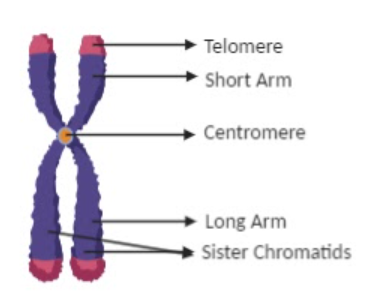

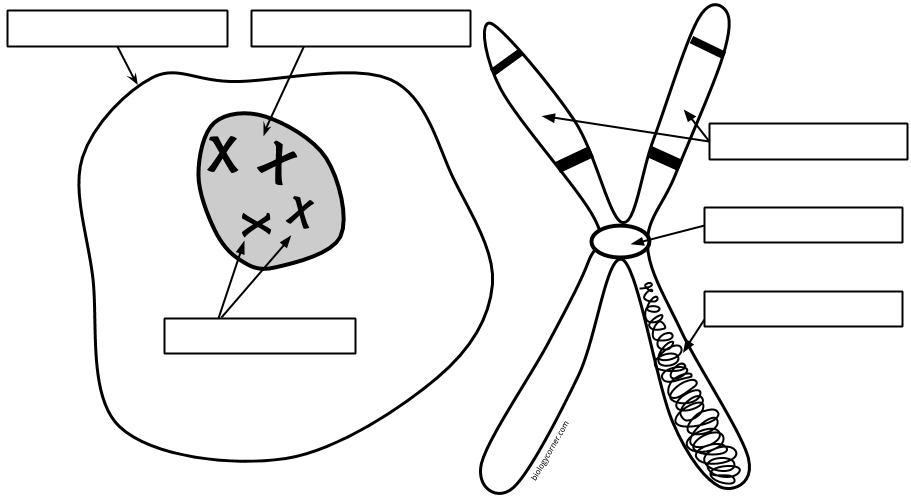



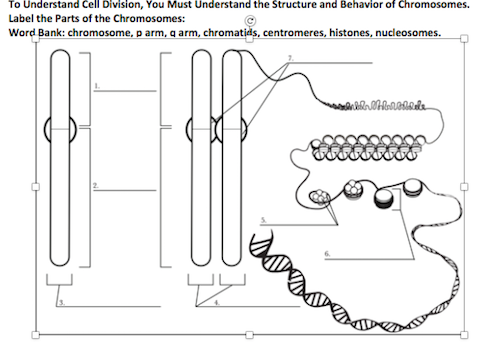









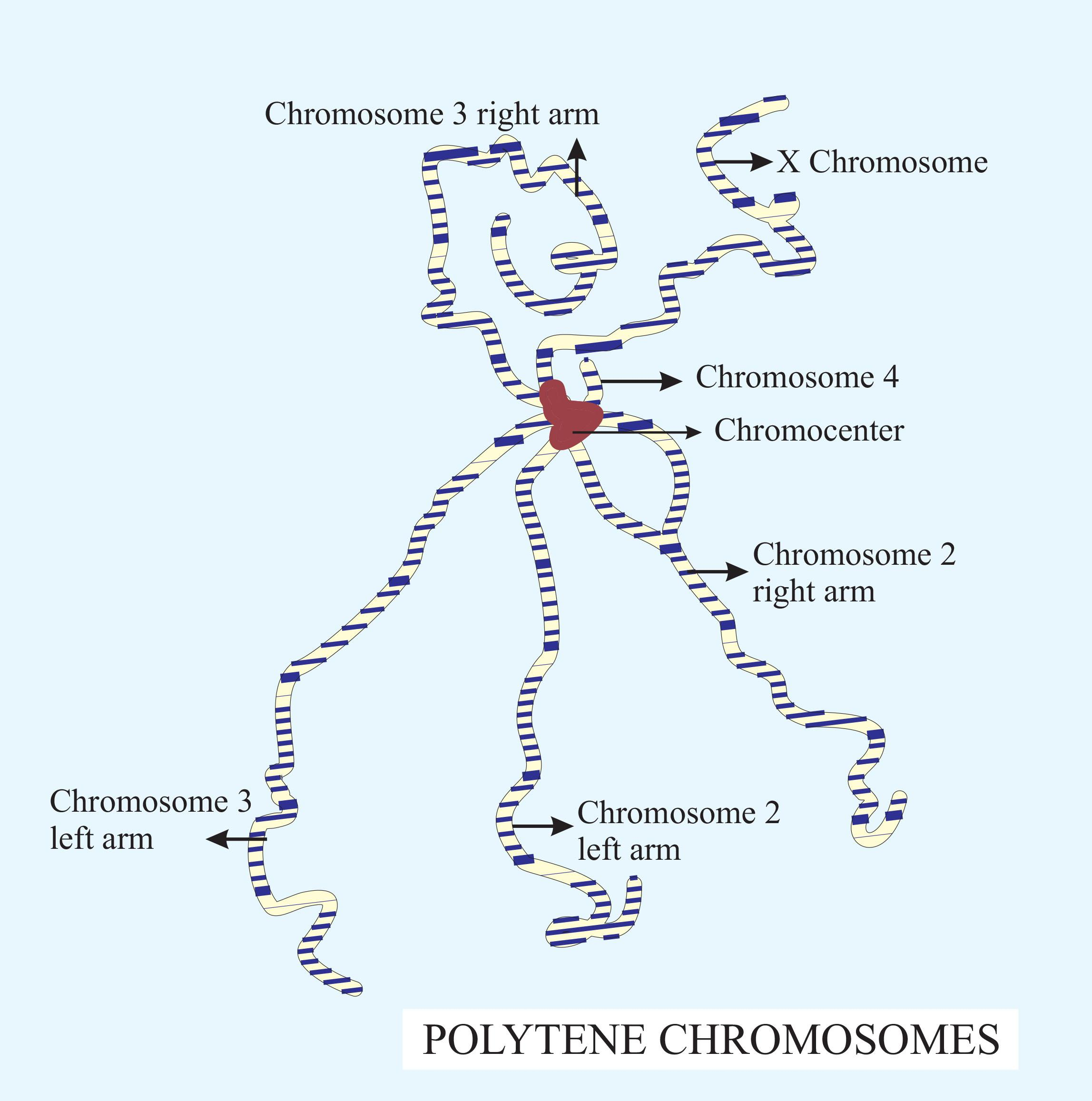

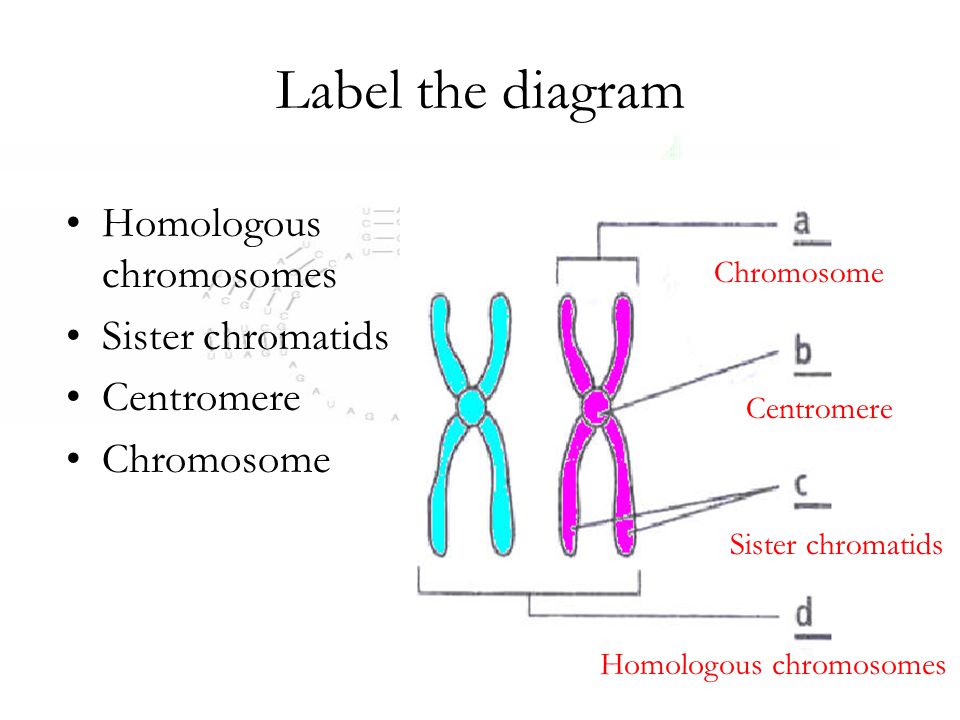


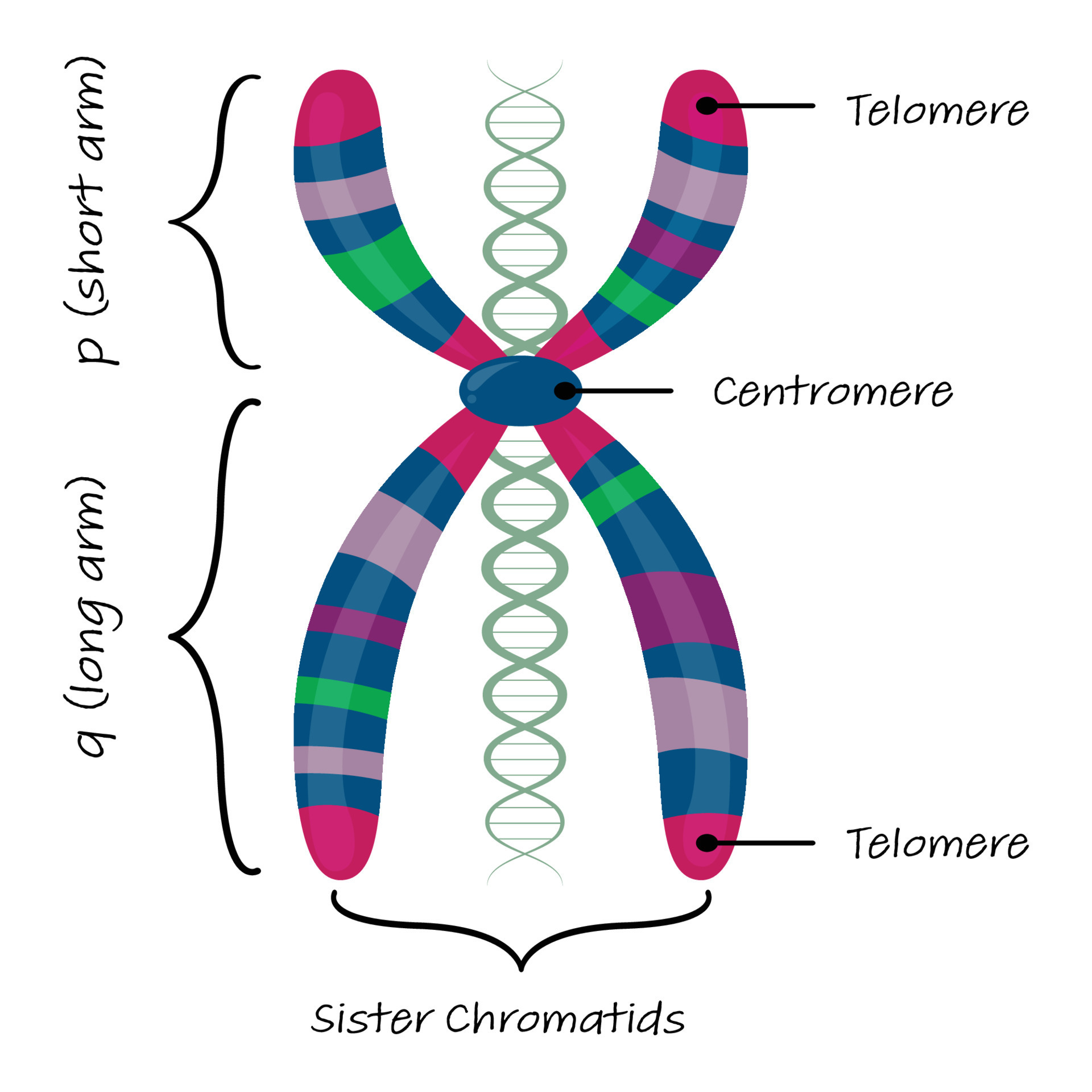
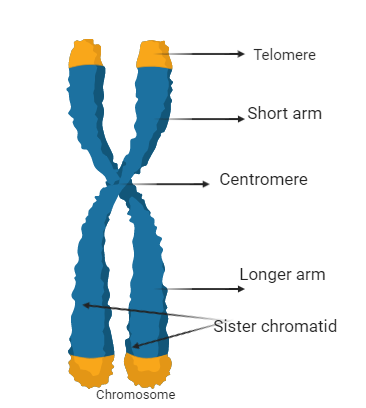


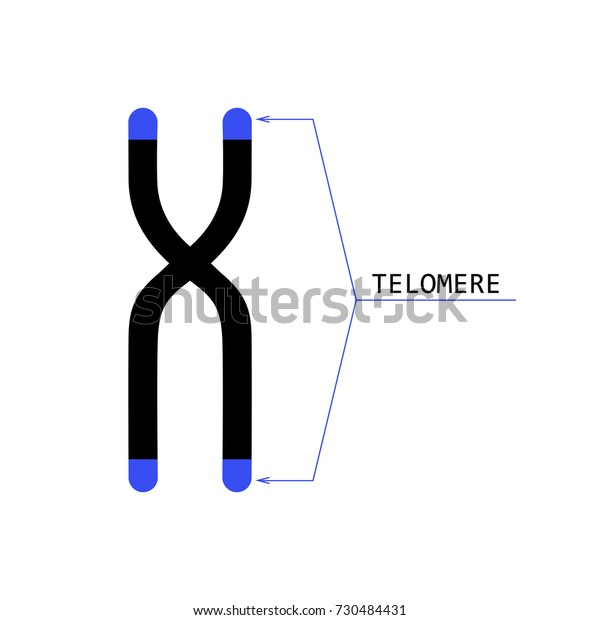
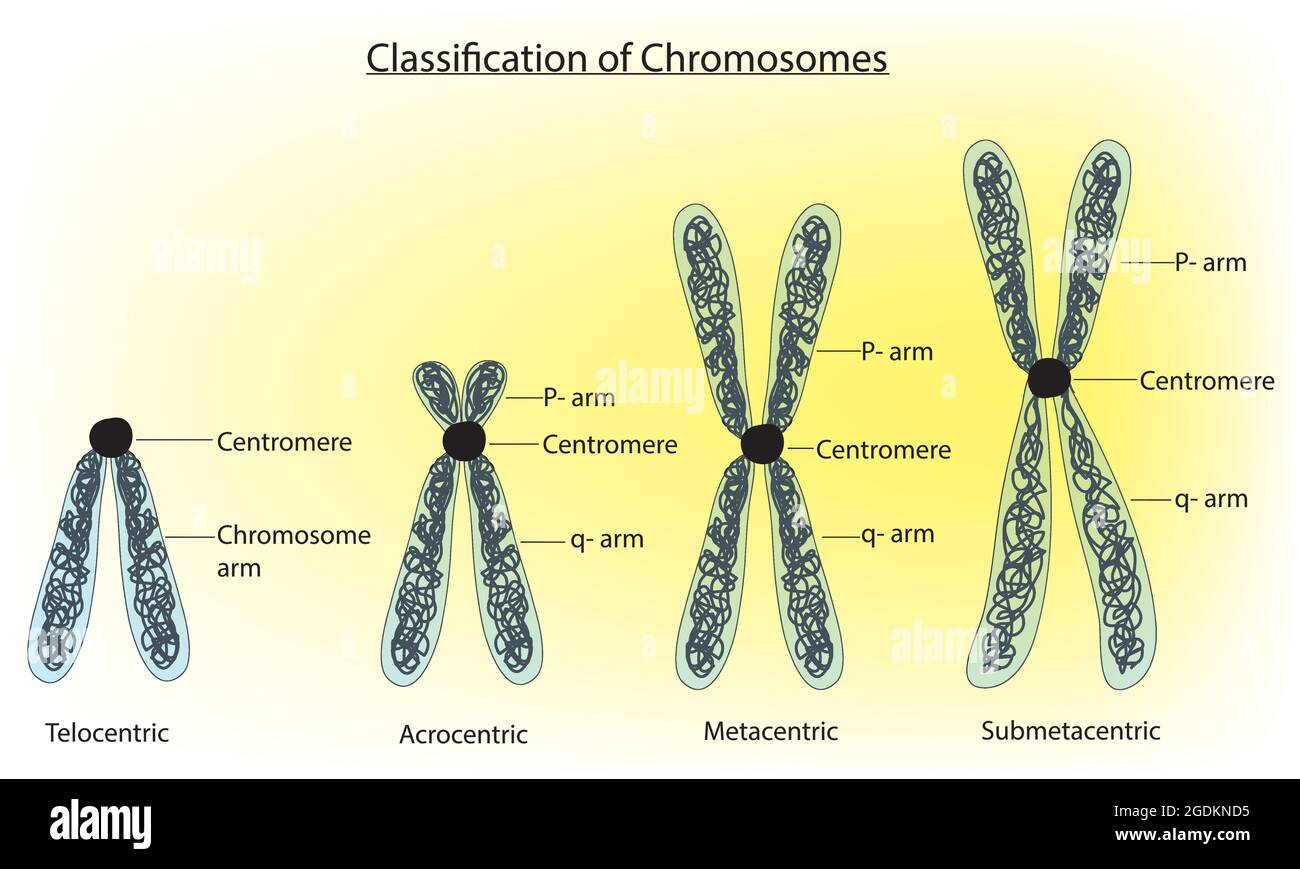




Post a Comment for "38 labelling of chromosome"